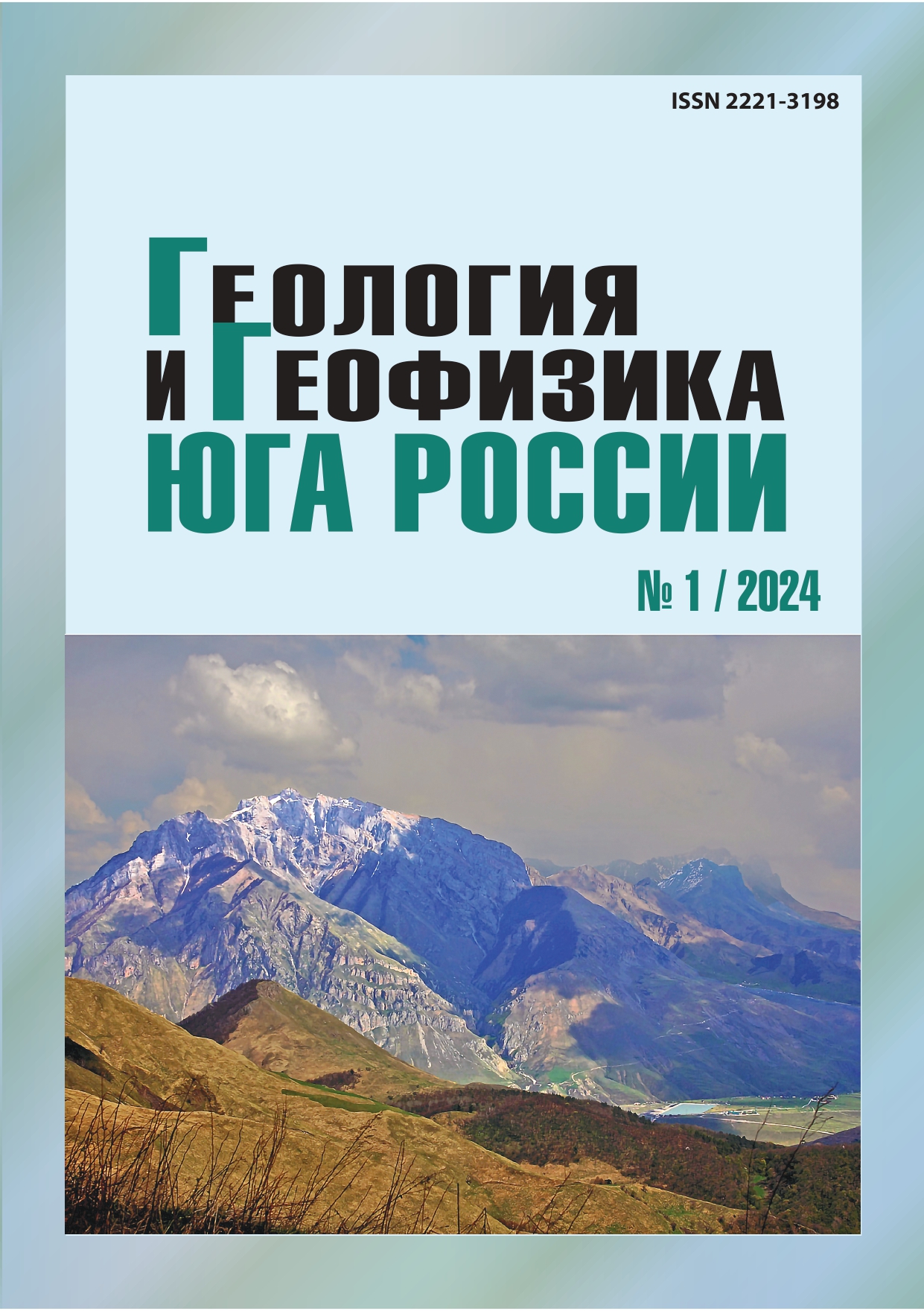Modern seismogeodynamics of Absheron oil and gas region
Abstract
Relevance. In many regions of the world, the concentration of oil and gas and large hydrocarbon deposits is observed in the nodal zones of active faults, as well as in neotectonic block structures. A change in the stressed state of mountain structures can cause activation of seismic geodynamic processes accompanied by tectonic disturbances. In addition, it should be noted that the main danger of seismic impacts on the territory of the Absheron Peninsula comes from the Caspian Sea, the seismic activity of which is increasing every year. The aim of these studies is to study modern geodynamic and seismic activity within the Absheron oil and gas region. Methods. Maps of earthquake epicenters for the period 2003–2023 were built on the ArcGIS10.5 program and analyzed. Based on the catalog data and maps of seismic activity were constructed for two periods. Based on the method of inversion of waveforms and the first arrivals of a longitudinal wave, the earthquake source mechanisms were constructed, maps of the compression and tension axes, as well as maps of the distribution of the Lode–Nadai stress state coefficient were constructed. Results. The analysis of seismicity showed that within the Absheron oil and gas region there are two active seismic zones. The first zone is located in the northern part of the peninsula, and the second is below Absheron on the southern side. Most earthquake hypocenters are located within the basalt layer and upper mantle. The northern focal zone is located at a depth of 0–25 km and has a width of 35 km. The northern zone is associated with the rupture system of the Absheron–Pribalkhan deep fault. In 2003–2012 seismic activity in the northern part of Absheron varies from Act = 0.8 to 1.3, and in 2013–2023. – from 0.45 to 0.65 with a background level of 0.1. On the distribution maps of the Lode–Nadai stress state coefficient, it is clear that the zone of the Absheron Peninsula is mainly characterized by compression stresses.


